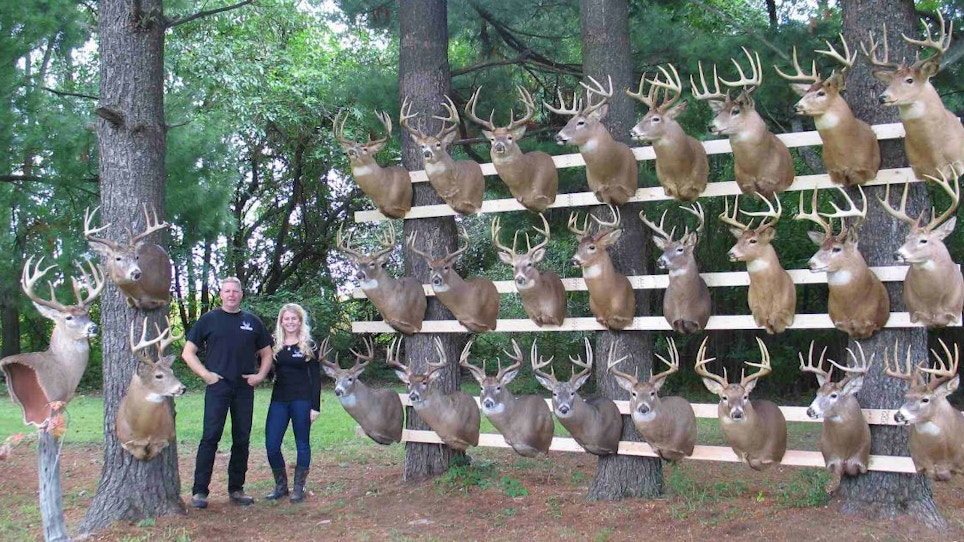When Bowhunting World Editor-in-Chief Jace Bauserman began proposing that I pen a whitetail column for the magazine and website, I cut him off and said, “I’m in!”
This new “Wild for Whitetails” column has me pumped. Why? Because I’m a blue-collar guy like you. I don’t own thousands of acres, and I rarely hunt with outfitters. For 16 years, I’ve been hunting whitetails in the Midwest on both public and permission ground with a modest budget. And while I don’t have any 170-class bucks on my wall, I do have some dandies. Thus, “Wild for Whitetails” will meet the working-class whitetail hunter at eye-level.
In the coming months and years, the column will feature a diverse dish of whitetail topics. Some will center on my personal experiences, and some will include tips from other folks who are consistently successful.
The bulk of my whitetail hunting during the past several years has been on the road. I have a passion for traveling to far-away public lands. Trying to figure out a new parcel that’s open to anyone in a week or less is a challenge I welcome.
Longtime hunting-industry friend Jeff Helmers, owner of Big Rack Trophy Products and Whitetail Academy, hunted similarly for years, visiting as many as six states each season. But Helmers brought it back home when he purchased a 41-acre parcel in southwest Wisconsin more than 2 decades ago. Helmers and daughter Catie (shown in the top photo) now have a storied history of big-buck success on that small parcel, but it didn’t happen overnight or without blood, sweat and tears. Here’s their story.
Making the Purchase
“I was in car sales my entire life,” Helmers said. “I started looking for something different because I became tired of working there 7 days a week. Plus, my father who got me into car sales always wanted to own property, but never took the time because we were always busy. I started looking for property and eventually found one I liked. Unfortunately, my father passed before I acquired the property.”
The Learning Curve
During the first year of owning his property, Helmers saw only one 3x3 buck. “I remember thinking, Man, this is going to be tough. I was used to shooting big deer in other states. Worse, a neighbor shot that 6-pointer during rifle season.
“The following year, I planted 56 different food plots on my property like a checkerboard. My goal was to determine what deer eat daily, because I knew I must have food for every day of the year to hold them. Think of it this way: If you run out of food at home, you don’t sit there until you starve. You go to the grocery store and buy more. Likewise, when deer shift to a different food source, if you don’t have it on your property, they’ll find it elsewhere. Sure, they might pass through your land periodically, but they won’t live on it 365 days a year.”
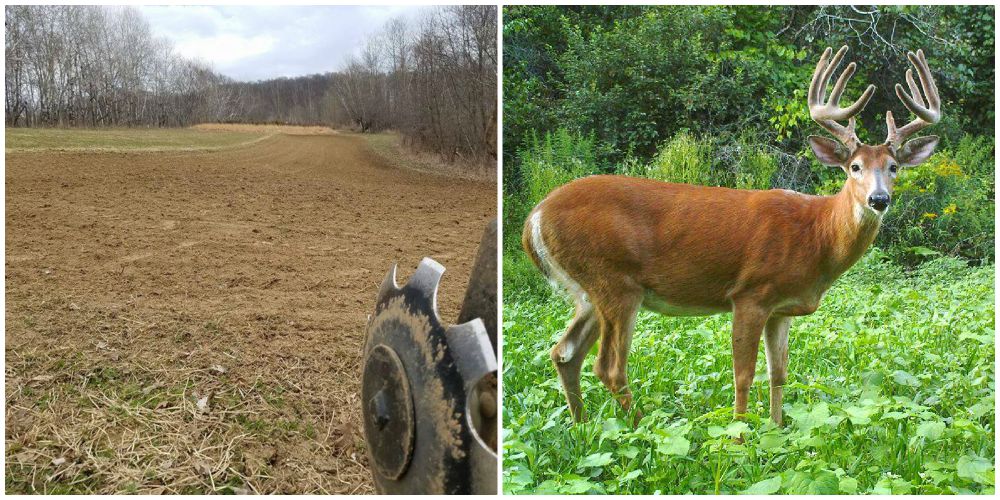
Jeff Helmers has learned the importance of keeping highly desirable foods on his land 365 days a year.
That food plot experiment taught him that deer shift food sources every 3 to 4 weeks. “I logged data all 12 months for 10 years straight,” he shared. “I now know exactly what my deer do every single day.
“The second year I owned my property, it held three 2.5-year-old bucks. All three were killed by gun hunters. I was 2 years into property ownership and had nothing to show for it. I knew I needed to develop a way to hold deer on my property.”
Thinking Differently
Thinking like a deer was Helmers’ next step. “I imagined myself as a 5-year-old buck, then asked myself what it would take to keep me on a 41-acre property. I not only experimented with my Big Rack food plot seed, but also planted fruit and nut trees. Through tons of trial and error, my land gradually started holding mature bucks at an increasing level.
“Today, my property is better than any other in the neighborhood. I have all the necessities, and everything’s set up strategically so that I can target and kill specific bucks. You might laugh at this, but I can get bucks to bed within 25 yards of where I want them to. My property has two sanctuaries, and they’re an integral reason my land is so productive.
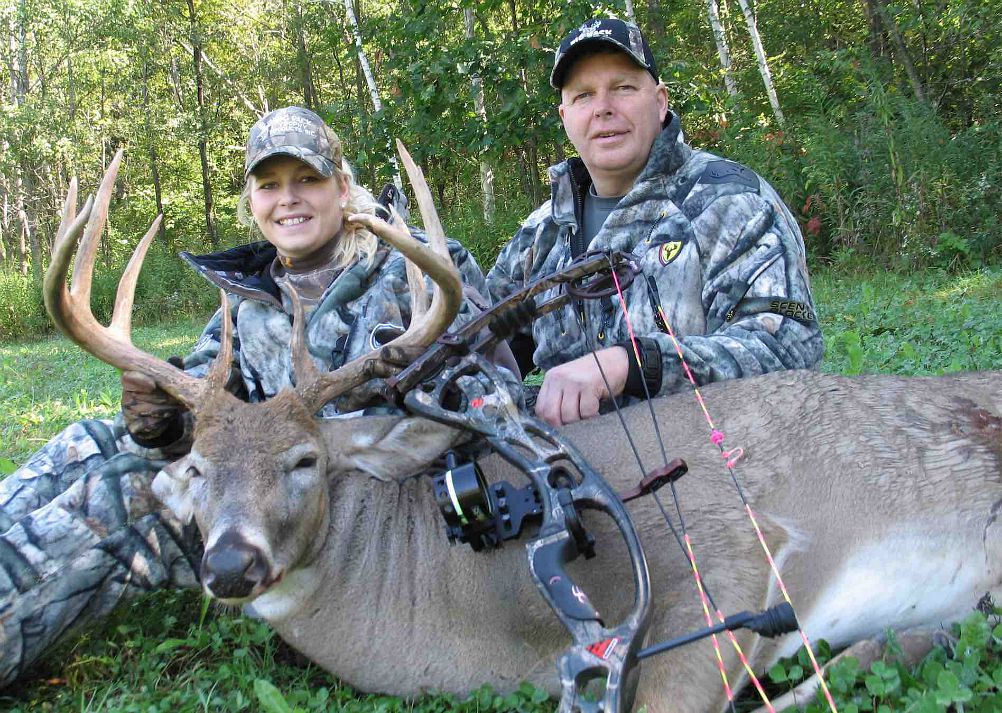
Catie Helmers poses with a beautiful 10-point buck taken on the Helmers’ 41-acre farm. Over the span of the last 14 years, Catie has never failed to harvest her target buck. Incredible!
“I can even predict when I’ll kill a specific buck almost to the exact day. If I follow my trail cameras and what I teach in my Whitetail Academy classes, I can usually determine the kill date 5 to 10 days in advance. To some, this may sound too good to be true. It’s not. I share all of the minute details around this approach at my Whitetail Academy.
“As a father, I always let Catie take the biggest buck on our property each year. For 14 consecutive years, she’s taken her target buck, and the last five were around the 150 class. That’s incredible considering what we started with. She hunted only seven times to kill those five bucks, which brings us to the topic of pressure.”
Zero Pressure
“When you manage and hunt a small property, you simply cannot pressure deer, or they won’t stay,” Helmers noted. “Again, we hunt only a few times each fall, but we kill a mature buck or two every single season. Our strategy is to hunt only when we know we’ll see our target buck. We used to shoot does, but we no longer do it because our neighbors shoot so many.
“We have only two stands on our property, and we can’t afford to overhunt them. Also, I check trail cameras only between 10 a.m. and 2 p.m., and I walk to each camera rather than drive an ATV. And we never rifle hunt our property.”
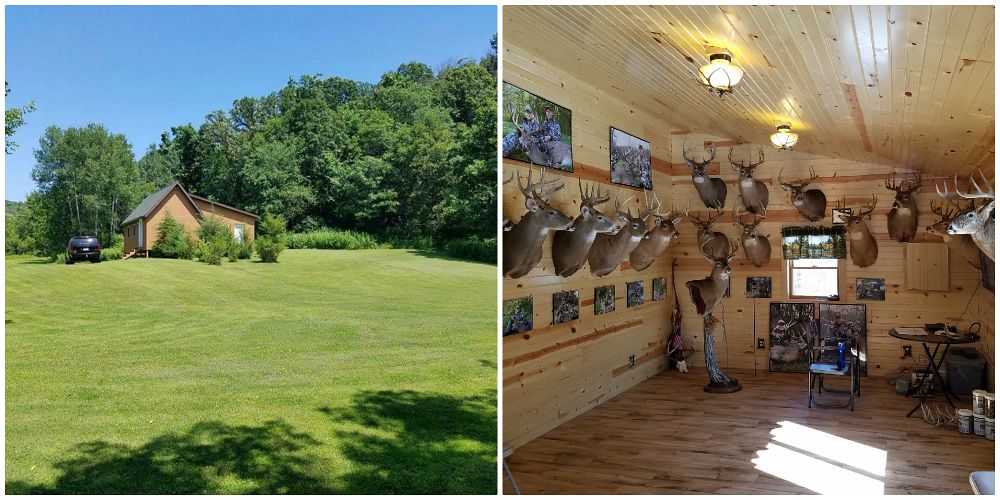
Attendees of the Helmers' Whitetail Academy will travel to Jeff's cabin on the small property and see many of the father and daughter's mature bucks.
Orchestrating Success
Helmers’ 41-acre property is testimonial to a well-mapped management strategy. “Laying out your property so it’s consistently predictable will largely determine your success,” he said. “You can cause bucks to travel how you want them to by setting up your property correctly. The reason we have only two stands on our property is because those are the only two spots we need. I’ve set up the property so that bucks must travel by those spots as they go from the bedding area to the food sources. They’re also in locations where all the deer are gone when darkness falls, so we don’t risk spooking deer as we exit our stands.
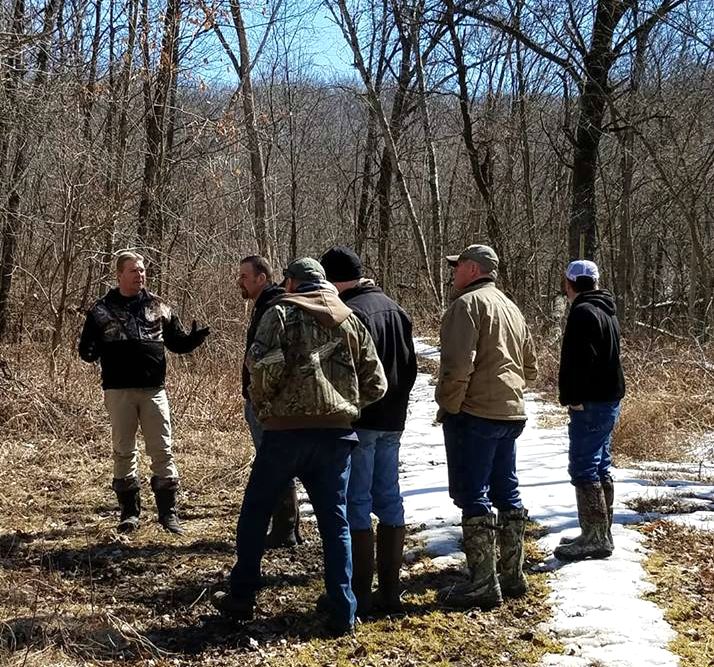
If you want to learn how to manage your small property for big results, then attend the 1-day Whitetail Academy.
“Other land managers think they’re doing well to install eight ponds, six sanctuaries and 50 stand locations. However, they’re actually complicating things by offering deer too many options, making specific bucks far less predictable.
“On my property, mature bucks travel by our stands daily, but we don’t hunt until a front comes through and moves them during daylight. We also wait for the perfect wind direction. Our approach involves tons of planning and preparation but very little hunting. That’s why our hunts are always productive. Everything we’ve covered here is just a small part of what I teach at my Whitetail Academy.”
Author’s note: To learn more about Big Rack Trophy Products and Jeff Helmers’ Whitetail Academy, visit www.bigracktrophyproducts.com.
Check out the video below where Catie Helmers and her dad, Jeff, describe in detail what you’ll learn by visiting their Whitetail Academy. Attendees of the 1-day seminar/class will walk the Helmers’ 41-acre farm and see their food plots, as well as the two box blinds where the Helmers have killed their mature bucks year after year.
